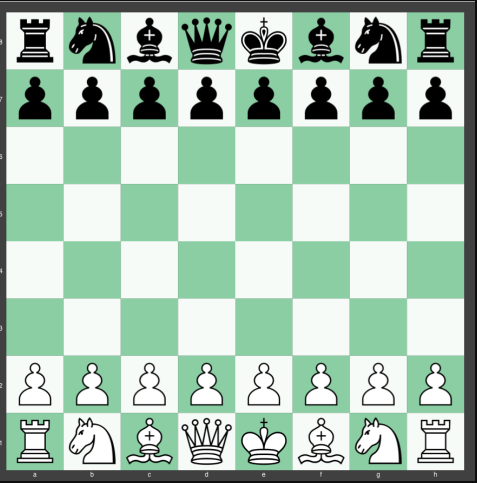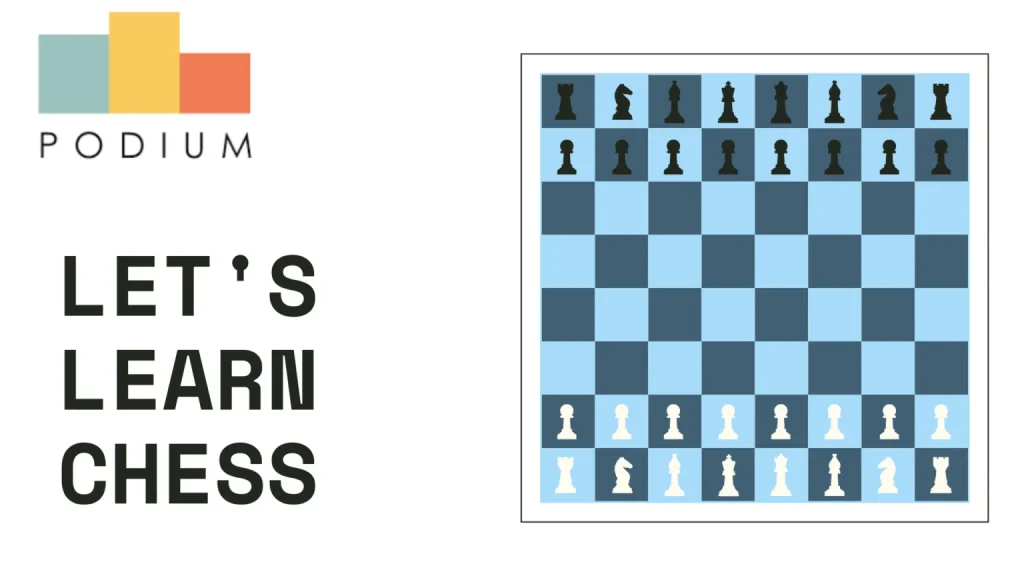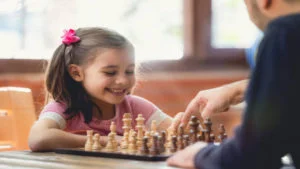Playing chess can be fun but sometimes it can get frustrating. If you intend on getting into competitive chess, you must know your way around a chessboard. One of the most important things to learn is how to control the centre? Knowing some handy moves and tactics can help you gain the upper hand in a game where sharpness matters the most.
So in this post, we shall teach you ways in which you can control the centre in a game and use it to your advantage. A good understanding of parallel moves possible i.e., moves which your opponent can make after your move helps your game. Gaining ground is important when playing in the centre. The advantages will be discussed at the end of this post so you can get started with these five ways.
Your possession of the centre is similar to having a high ground, which further helps you make better moves. So here are five ways in which you can control the centre better:
Keep up with opponent moves in the centre
If you decide to control the centre, you just throw everything you have in the ring. If your opponent sees that you are hesitant, he/she will take the window of opportunity you presented to them. This in turn can end up in a silly loss for you when you could have controlled the game. But that doesn’t mean you lose heart and give up.
Here is an example to show you how your hesitant moves can make you vulnerable:
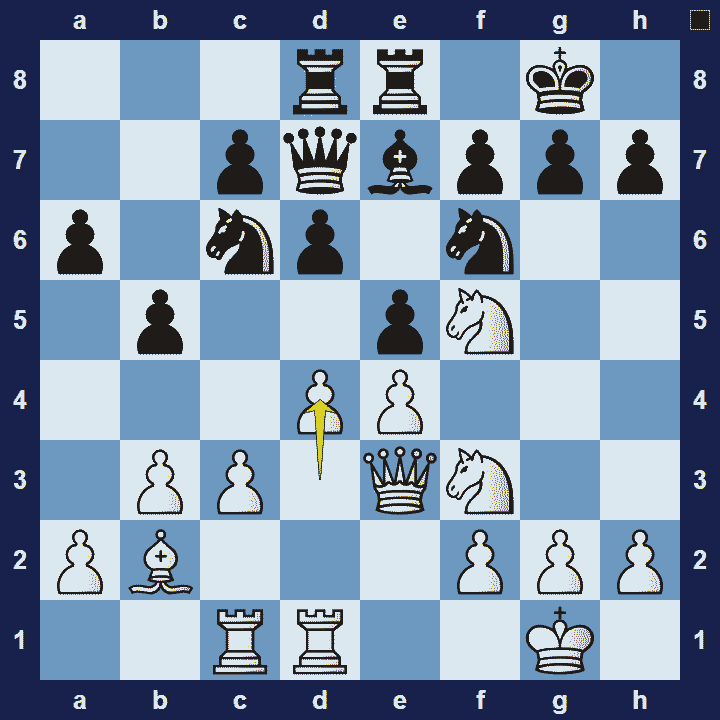
White makes the move d4 to gain control of the centre. The knight is already in f5 which is a very good position.
Remember that it is important to control the centre, but not essential! It only gives you the advantage to make better moves than your opponent. The opponent may have their pieces more spread out when you own the centre!
Try removing opponent pieces in the centre
Actively eliminating the opponent’s centrepieces can help you control the centre. Here is an example:
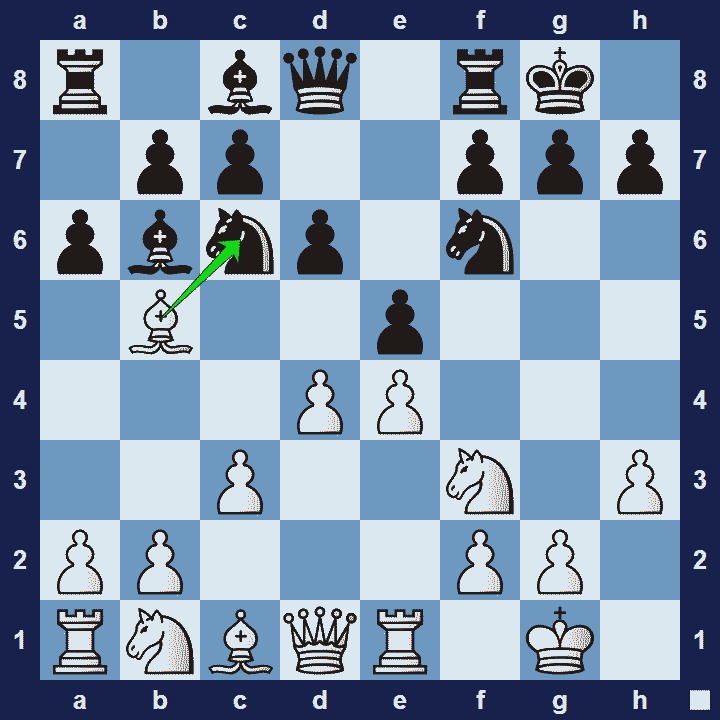
Think before you make any moves because it can change the whole game. In the above image, white makes the move of removing the knight even though the bishop can be lost. This gives white more control over the centre.
Also, if you see any opponent pieces that occupy the centre, neutralising them can help you improve your territory. This means making aggressive moves that may cost you some pieces. If it makes the opponent take a step back, it may just be worth it.
Chase pieces that occupy the centre
This seems similar to the previous point, doesn’t it? No. Eliminating and chasing are two different moves. Scaring the opponent into tracking back by making aggressive moves so that you can gain central ground. This is the way to go if your opponent seems conservative and is hesitant to lose his pieces.
This way, you gain indirect control of the game and also get into your opponents head!
Here is an example:

White makes the move g5 to make the opponent track his knight back. So now you have control over the centre and also saved a pawn!
Move your pieces towards the centre
If the opponent is in a vulnerable position, it is a good idea to start making moves towards the centre. Before moving your important pieces towards the centre, remember to check how effective they would be in the centre. The impact of making a move can affect your other pieces and therefore the game.

By moving the queen to e4, white can gain control over bh4. If white can maintain the position, he has a significant advantage.
Exchange a flank pawn for a central pawn
Playing your pawn moves right can help you gain control over the centre. With a good chain in the centre, you are in a strong position to win the game.
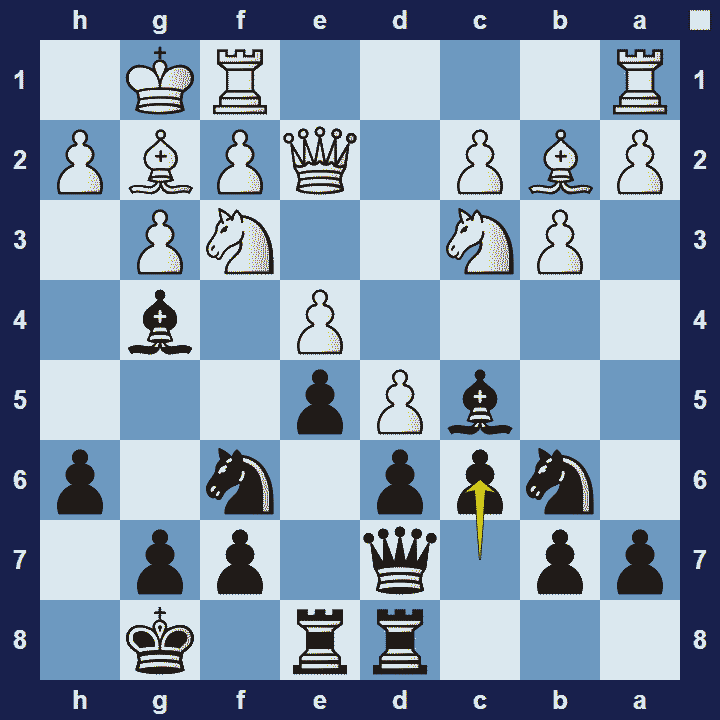
In the image above, black making the move c6 gives an advantage. How? By moving the pawn, black is in a position to eliminate the opponent’s pawn. This means black ends up with an extra centre-pawn. In this process, white’s strong pawn chain is also broken.
A centralised game is very different from a center game. A centre game is one in which both players start by moving their center pawns ending up side by side. This move was not advantageous to white since white begins the game. In the 1900s this opening was abandoned.
Why should you gain control over the centre?
- You can control more squares – Having a mass of your pieces in the centre means you have more space to move around. This also means you can control more squares than you previously did. But this doesn’t necessarily mean that pieces on the sides of the board is disadvantageous.
- Flexibility in roles – This means you can attack on both sides of the chessboard depending on your moves. You have weapons on both sides so your attack is more flexible.
- Defend from both sides – Being in a central position means you can defend either side of the board. The opponent will be wary of making a move since you can cover both sides.
- Limiting oppenent moves – If you have occupied the centre well, your opponent may have very less moves to make. You gain an upper hand by moving into more threatening positions.
- Attack and defend at the same time – By making an attacking move from the centre, it can also be a defensive move for you. This means pieces having multiple roles. This can happen more when you have more pieces in the centre.
- Attack both sides – Your opponent becomes defensive if you attack from both sides of the board. He has to protect his important pieces.
So start sharpening your centre game. It can do wonders for your abilities and tactics. Practice is the way forward. Do not forget that. Keep moving in the right directions in your game as well as in life!
Share with your friends


